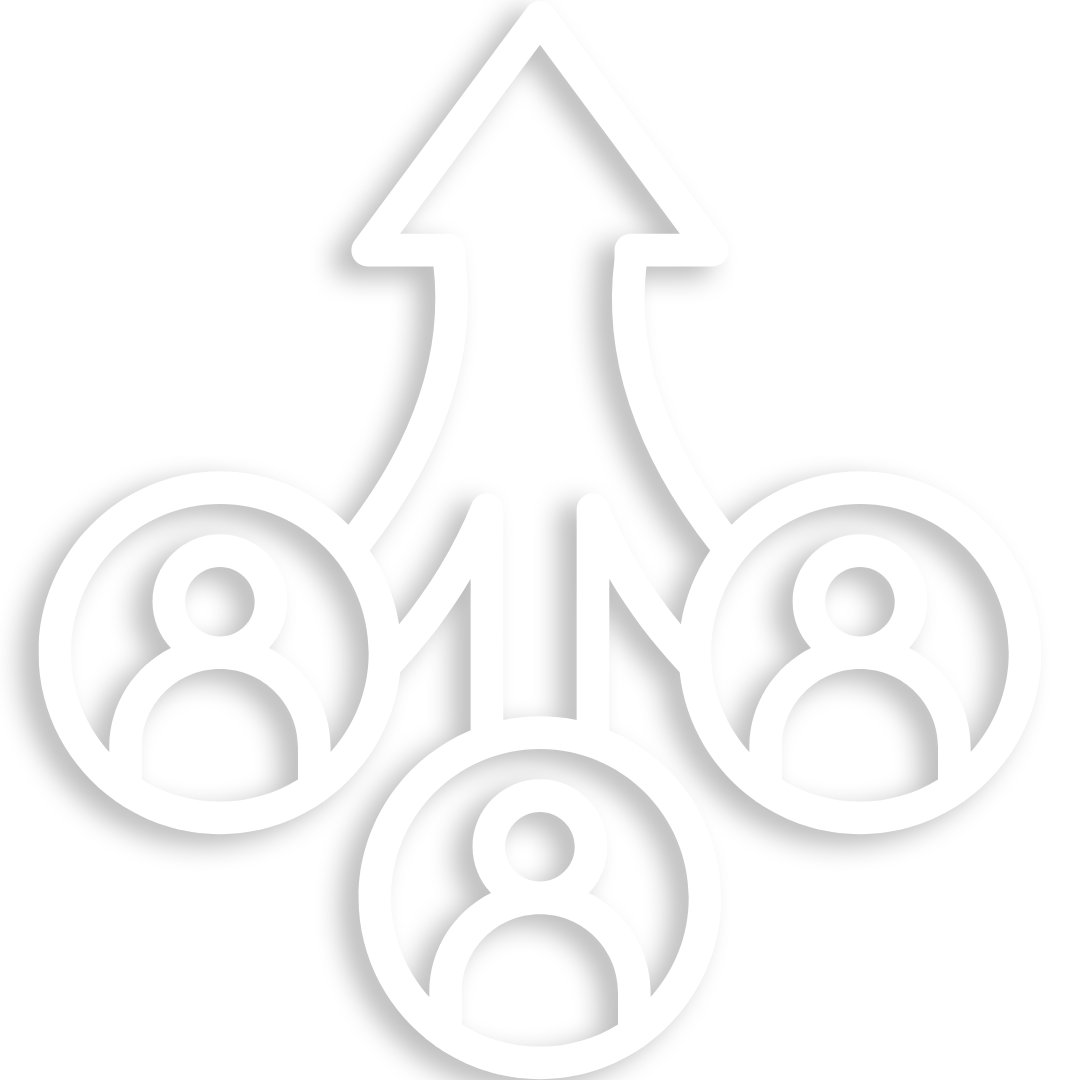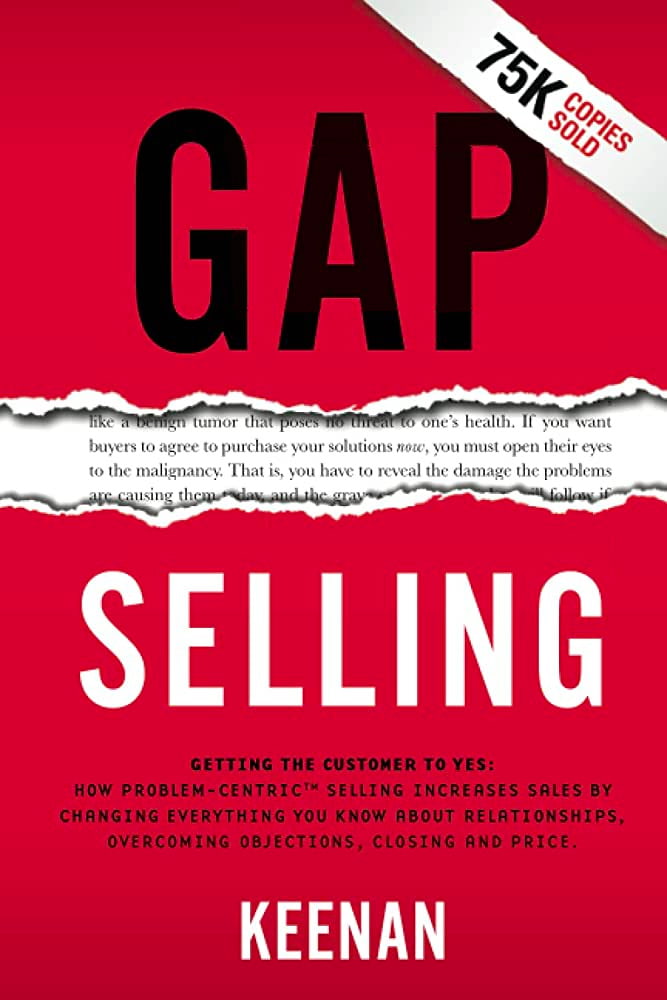The Problem Identification Chart (PIC)™
People We Work With:
A clearer way to sell more — to engaged, confident buyers.
Most sales teams still operate from a “pain” funnel. But pain can be misleading — it blurs together what’s happening, why it’s happening, and why it matters.
The Problem Identification Chart (PIC) brings clarity and structure to your sales motion — helping teams diagnose, not pitch, and turning buyers into active participants in solving their problems.
What Is the PIC?
The PIC is a structured framework developed by ASG, rooted in Gap Selling, that helps GTM teams clearly separate and connect the three key elements of every buyer problem:
Why We Created It
Because selling to symptoms isn’t selling to the problem
Too often, sales teams chase surface-level fixes — they buy new tools, rework messaging, or launch training — without addressing what’s truly broken.
We built the PIC to give GTM teams a shared diagnostic language. One that aligns marketing, sales, enablement, and product around why customers buy and what has to change for them to succeed.
It’s how teams move from reacting to symptoms to diagnosing the root cause of every revenue problem.

“You can’t solve a problem you don’t understand. The PIC forces you to see the whole picture.”
Keenan, CEO, ASG
Why It’s Unique
Born from Gap Selling. Proven by ASG
The PIC is the backbone of Problem Centric™ selling, a philosophy pioneered by Keenan and ASG through Gap Selling.
Where most methodologies stop at identifying “pain,” the PIC goes deeper — connecting the problem, root cause, and impact into a complete diagnostic chain.
That connection is where real value lives. It’s how top-performing reps diagnose like consultants instead of pitching like vendors.
Why It Matters for Your GTM
From selling to buyers to solving with buyers
When sellers use the PIC in discovery, it changes everything. It invites buyers to reflect — to think critically about their processes, systems, and results. That reflection turns the conversation inward, and that’s where collaboration begins.
It shifts the dynamic from selling to a buyer to solving with a buyer.
And in that shift, the buyer stops being a “product evaluation” — and becomes a partner in problem solving.
This creates trust, alignment, and momentum — because both sides are now focused on solving the right problem in the right way.
The PIC doesn’t just improve discovery — it connects your entire GTM system around one shared truth: the buyer’s real problems, their impacts, and the causes driving them.

The Bottom Line
Move from talking about pain to solving real problems
The Problem Identification Chart™ helps organizations sell with clarity, confidence, and consistency.
It’s not about what you sell — it’s about the problems you solve and the clarity to see them fully.
When Every Fix Fails, It’s Time for a System
Let’s talk about how the Problem Centric™ OS can drive predictable growth in your organization.








